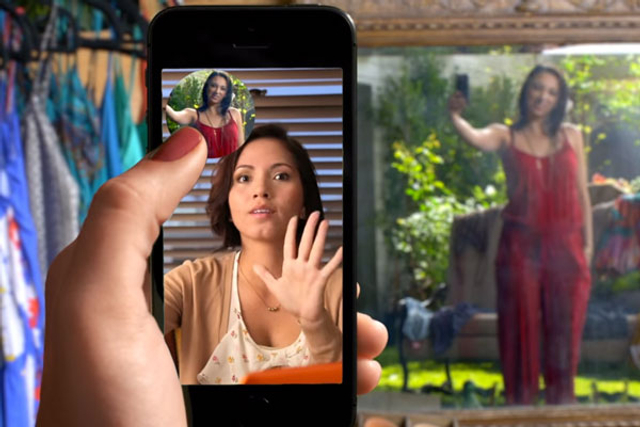I was recently asked by Campaign Asia to contribute a comment to the news that Snapchat, the newest kid on the chat-app block, is starting to monetise through advertising. As always happens to my comments, it got edited down, (I am yet to master the soundbite!) so I felt compelled to develop the point I was making and share here. I have pasted the original in at the bottom.
4 or 5 years ago Facebook’s strength was seen to be the number of ways OTHER than advertising it could monetise its users, at least from the point of view of tech industry savants and savvy investors. Now, post IPO and obligated to maximises profits for its shareholders, Facebook is riding high on its advertising revenues, comprising over 90% of its total, and the tools it provides to its ad publishers like us are getting better all the time. Social game-derived revenue, the promise of social gifting.. all these have fallen by the wayside, and worryingly both users and advertisers are concerned about all the noise in the timeline and the fact that brands and users’ aims are often at odds on the platform.
LINE is making a ton of money, albeit not yet on the scale of Facebook, but its revenues are growing ~20% quarter-on-quarter and it seems that less than 20% of it is coming through brand sponsors, and a good chunk of that is from branded stamps, typically the mascot characters that have been adapted and expanded into a full spectrum of emotive icons.
Branded stamps are a great example of the sort of “willing complicity” that those of us in the advertising industry love since a platform imbibed with this spirit provides the fertile soils in which to nurture positive, 2 way relationships with users. The rest of the sponsored content is basically opt-in newsletters, which can also contain fun and entertaining content, but typically are driven by retail coupons. In other words, LINE has an opt-in Groupon-type model inside it. Again, more brand-user complicity. And blocking updates from brands is as easy as you like.
In contrast to Facebook, LINE makes the vast majority of its money through game sales and non-brand stamp sales, and recently opened a creators market for stamps, analogous to what Apple did for apps with the App Store, discussed in detail in this recent post “The App Store Gold Rush”. Establishing a creators’ marketplace, like an app store, or like YouTube channels combined with content discovery engine, turns the 2-way dynamic between sponsors and users into a triangular one, that Facebook does not really have, but which is really valuable in maintaining a healthy culture.
YouTube seems to be the biggest advertising platform that has got this balance right. Since day one YouTube has understood that they are only as strong as their content creators are motivated to contribute to the community, and the way they share ad revenues with those creators, not to mention hold award shows and put on fan events for them, is the most powerful example of the “attention economy” model that the world is shifting towards.
Right now I would guess that it is the YouTubes and LINEs of the world that own the future, and Facebook is going to burn out and fade away within the next 5 years, and it this idea of willing complicity between users and the platforms’ way of monetising them that is key to long term success. Snapchat would do well to take note if they want a long-lived popularity. Of course if short term profits are the objective, they may have different ideas.
The Campaign Asia article:
Now it’s Snapchat’s turn to monetise

“It’s the first time we’ve done anything like this because it’s the first time we’ve been paid to put content in that space,” the company said on its blog. “It’s going to feel a little weird at first, but we’re taking the plunge.”
The sponsored post for the film Ouija was edited specifically for the platform to mimick a Snapchat story.
The ads are optional; users don’t have to watch them if they don’t want to. They also disappear after viewing or within 24 hours, just like Stories. Users have no choice when it comes to receiving the ads, but unlike the approach chosen by Facebook, Twitter and Instagram, the ads do not play automatically.
It is unclear when Snapchat plans to roll out to other markets or how exactly it charges for ads. In its blog, Snapchat stressed that it wouldn’t put ads in personal communication, things like Snaps or Chats. “That would be totally rude,” the statement said. “We want to see if we can deliver an experience that’s fun and informative, the way ads used to be, before they got creepy and targeted.”
“As Snapchat starts down the advertising path, it needs to make sure that it creates a culture in which advertiser and users’ wishes are aligned,” said James Hollow, president at Lowe Profero Tokyo. “The way YouTube have succeeded in doing, and Line seems to be trying hard to sustain.”
According to Hollow, post-IPO, Facebook is riding high on its media revenues, but both users and advertisers are concerned about all the noise in the timeline and the fact that brands and user aims are often at odds.

Leave a comment